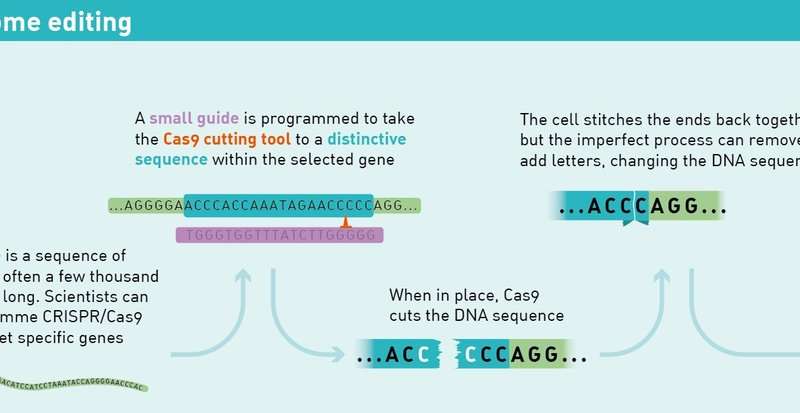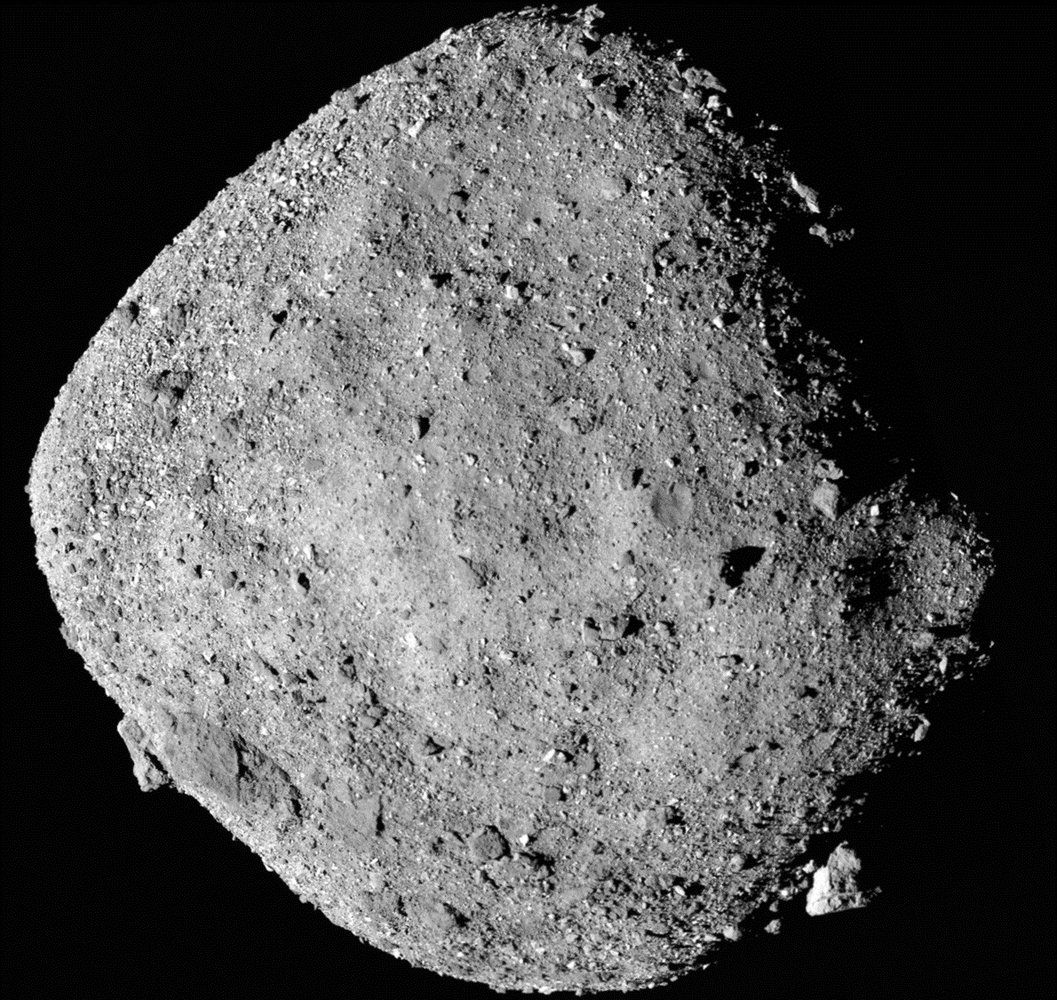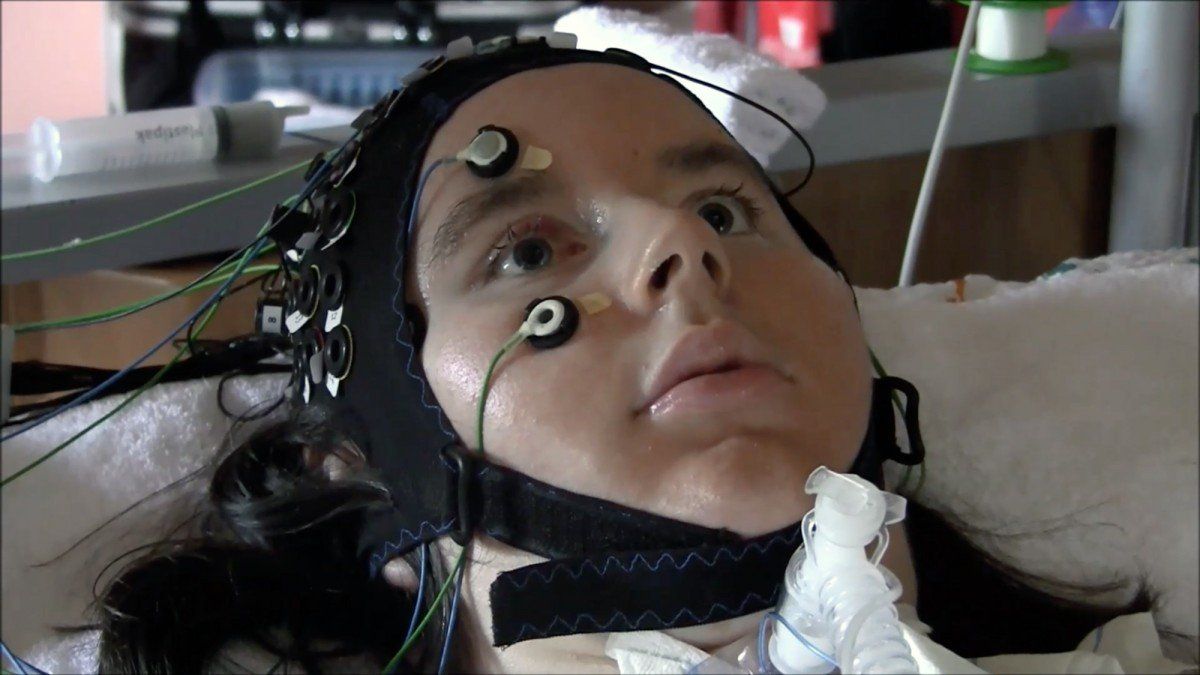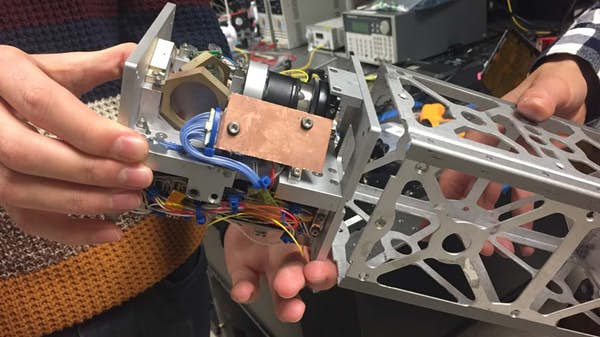
When the Technological Singularity arrives, you can’t even imagine what the future will hold afterwards. Just ask author Vernor Vinge.
A five-time Hugo Award-winning author (among various other awards and accolades), Vernor Vinge has been writing and speculating about AI and intelligence amplification for over half a century. As part of his storied career, an interesting anecdote concerns a rejection letter he received from legendary science fiction editor and publisher John W. Campbell, Jr.
Early in his career, Vinge had proposed a story about a human being with amplified intelligence and (as Vinge relates in his short story collection) Campbell wrote him back with the comment, “Sorry — you can’t write this story. Neither can anyone else.” Jump forward a few decades, and Vinge delivered a paper to NASA entitled The Coming Technological Singularity in which he foresaw a moment when artificial intelligence will develop exponentially until it reached a point that surpasses humanity’s ability to comprehend. It is intelligence so far superior that we can’t even imagine what it would be like. And then what?
Continue reading “Author Vernor Vinge: Proposing a singular view of technology’s future” »


















